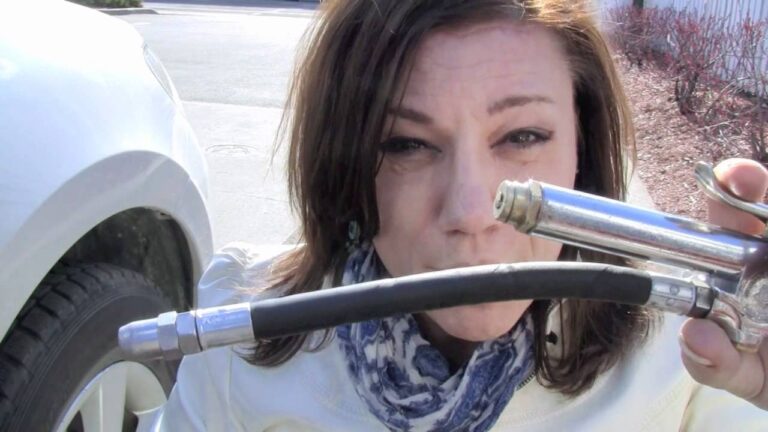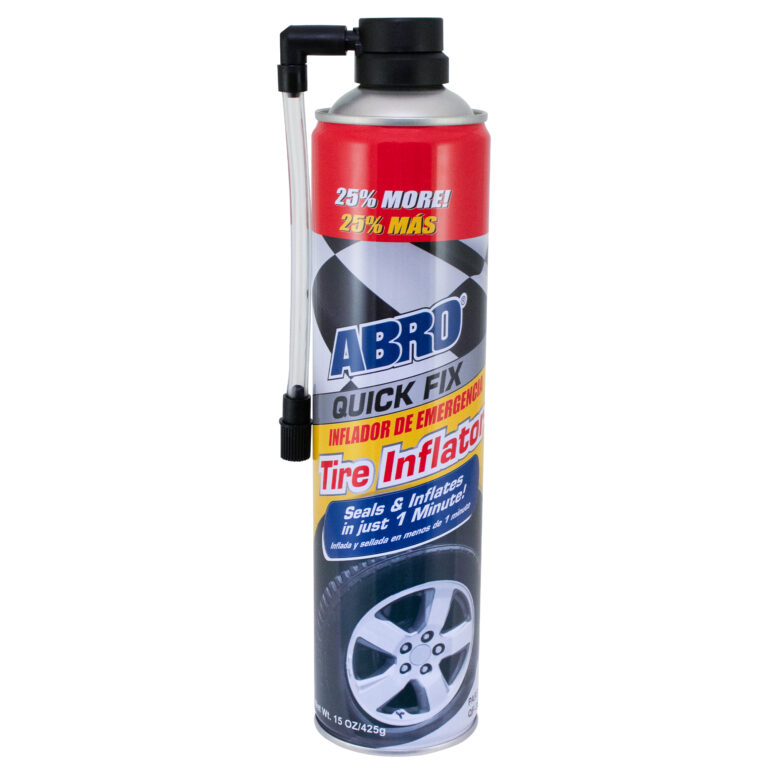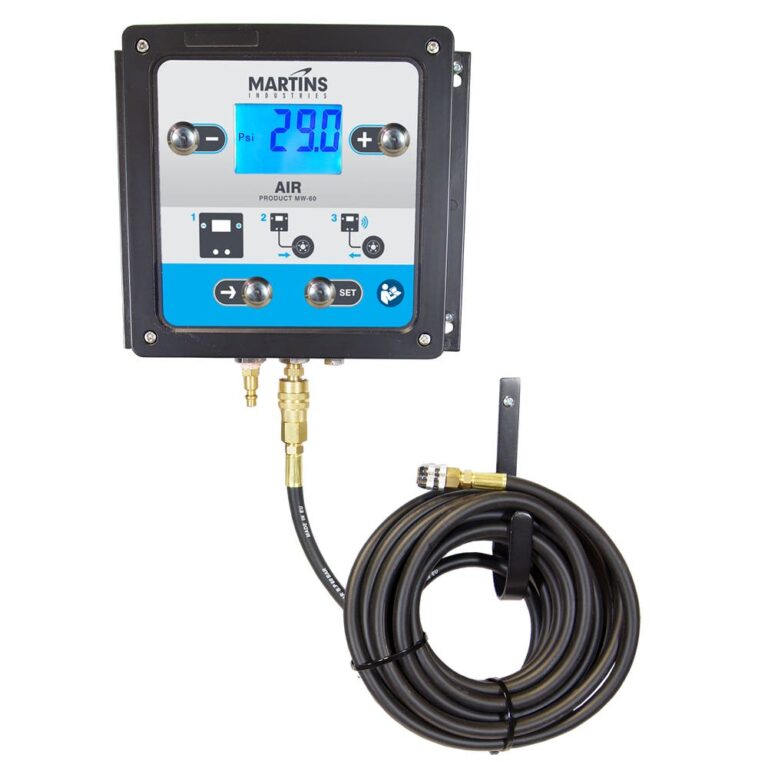How To Pump Up A Bike Tyre With A Presta Valve
Flat tyre? Frustrating, right? Especially when you’re already late for a ride. Learning how to pump up a bike tyre with a Presta valve is a crucial skill for every cyclist. This guide will walk you through the process step-by-step, ensuring you’re never stranded again. You’ll learn everything from identifying the valve type to troubleshooting common problems, allowing you to confidently inflate your tires and get back on the road quickly.
Identifying Your Presta Valve
Before you even think about pumping, you need to be sure you have a Presta valve. This section covers valve identification and the tools you’ll need. Understanding the Presta valve mechanism will make the inflation process much easier.
Presta Valve vs. Schrader Valve
- Presta valves are slimmer than Schrader valves, commonly found on bicycles. They require a different pump head than Schrader valves, which are more commonly found on cars and inflatable balls.
- Presta valves use a small threaded mechanism to control air flow; you need to unscrew the top before pumping and screw it back to seal.
- Schrader valves have a small pin that you depress to release air; the pump head simply pushes into the valve to inflate.
It’s important to use the correct pump head for your valve type, otherwise, air will leak out as you pump.
Tools You Will Need
- A bicycle pump with a Presta valve head: This is the most essential tool for inflating your tires. Many pumps come with dual-head options for both Presta and Schrader valves.
- A pressure gauge (optional): This helps ensure your tires are inflated to the correct pressure (printed on the tire’s sidewall). Over-inflation can damage the tire.
- Possibly a valve extender (for difficult to reach valves): If your frame geometry makes access difficult, this tool can extend the reach to the valve.
Having the right tools makes the whole process smoother and more efficient. Consider investing in a high-quality pump.
How to Pump Up a Bike Tyre with a Presta Valve
This section details the step-by-step process of inflating a tire with a Presta valve. We’ll cover each step thoroughly to ensure success, covering everything from valve preparation to pressure checking.
Unscrewing the Valve
- Locate the Presta valve on your bike tire. It’s a thin, slender valve.
- With your fingers, unscrew the small locking nut (or cap) at the top of the Presta valve. Turn it counter-clockwise to loosen it.
- Unscrew completely. It may be slightly stiff, but avoid using excessive force.
This step is crucial; failure to open the valve fully will prevent inflation.
Connecting the Pump
- Align the pump head with the Presta valve, ensuring a secure connection.
- Press down firmly on the pump head, pushing the valve pin into the valve stem. You should hear a slight hiss as the valve opens.
A good connection is paramount; any leakage here will result in wasted effort and time.
Inflating the Tire
Once connected, begin pumping. Push the handle of the pump with a smooth and even motion. Maintain this until you reach the correct tire pressure indicated on the sidewall of your tire.
Checking the Tire Pressure
- Use a pressure gauge to verify the pressure. This is essential for optimal performance and safety.
- If the pressure is too low, continue pumping until you reach the desired level.
- If the pressure is too high, carefully release some air using the valve core remover tool.
Many cyclists underestimate the importance of correct tire pressure, leading to poor performance and increased risk of punctures.
Securing the Valve
- Once the tire is inflated to the correct pressure, remove the pump.
- Tightly screw the small locking nut (or cap) back onto the Presta valve.
This step ensures that the air remains inside the tyre and prevents leakage.
Troubleshooting Common Problems
This section covers solutions to common issues encountered when using Presta valves. We provide practical advice for resolving various problems quickly and easily.
The Valve Won’t Unscrew
Try using a small amount of lubricant like WD-40 on the valve stem to ease the rotation. If the problem persists, consult a bike mechanic.
The Tire Won’t Inflate
- Check for any obstructions in the valve stem. Clean any debris.
- Ensure the valve core is fully depressed in the pump head. A loose connection can cause leaks.
- Inspect the tire for punctures before re-inflating.
A puncture could be the culprit if you notice continuous air loss after several attempts to inflate.
The Pump Head Keeps Leaking
This issue might require replacing the pump head or buying a new pump with a more durable head. Make sure the pump head is properly aligned with the valve.
Maintaining Your Presta Valves
This section covers important maintenance tips to keep your Presta valves in good working condition. Regular maintenance can prolong the lifespan of your valves and prevent problems.
Cleaning the Valve
Regularly clean the valve area to remove dirt and debris, which can prevent a proper seal.
Lubrication
Periodically apply a small amount of lubricant to the valve mechanism to ensure smooth operation and prevent seizing.
Replacing Worn Valves
If you notice any signs of wear and tear, such as cracks or leaks, consider replacing your valves to prevent issues.
A properly maintained Presta valve significantly reduces the chances of experiencing inflation problems.
FAQ
What is a Presta valve?
A Presta valve, also known as a French valve, is a type of valve commonly found on bicycle tires. It’s characterized by its slim profile and a threaded cap that controls the airflow.
How much air pressure should I put in my bike tires?
The recommended pressure is usually printed on the sidewall of your tire. It varies depending on tire size, rider weight, and riding conditions. Always inflate to the recommended pressure.
What if my Presta valve is stuck?
If your Presta valve is stuck, try using a small amount of lubricant (like WD-40) to help loosen it. If it’s still stuck, take your bike to a local shop for assistance.
My tire keeps losing air; what could be the problem?
A slow leak can be caused by a puncture in the tire, a faulty valve, or even a poor seal between the tire and the rim. Inspect the tire carefully and check the valve for any signs of damage.
Can I use a Schrader pump on a Presta valve?
No. You need a pump specifically designed for Presta valves. A Schrader pump won’t fit or seal properly. Many pumps offer dual-head options, accommodating both valve types.
What if my pump doesn’t have a Presta attachment?
You can purchase an adapter that will fit between your Schrader-compatible pump and your Presta valve. These are inexpensive and readily available at most bike shops.
Why is my tire pressure so low after only a few days?
Slow leaks are often the result of small punctures or a poorly seated tire bead. Check your tire for damage and reseat the tire bead if necessary.
Final Thoughts
Mastering how to pump up a bike tyre with a Presta valve is a fundamental skill for any cyclist. By following the steps outlined above and understanding the common troubleshooting techniques, you can ensure your tires are always inflated correctly. This not only improves your riding experience and safety but also extends the lifespan of your tires. Don’t hesitate to practice; the more you do it, the easier and faster it becomes. Happy cycling!



